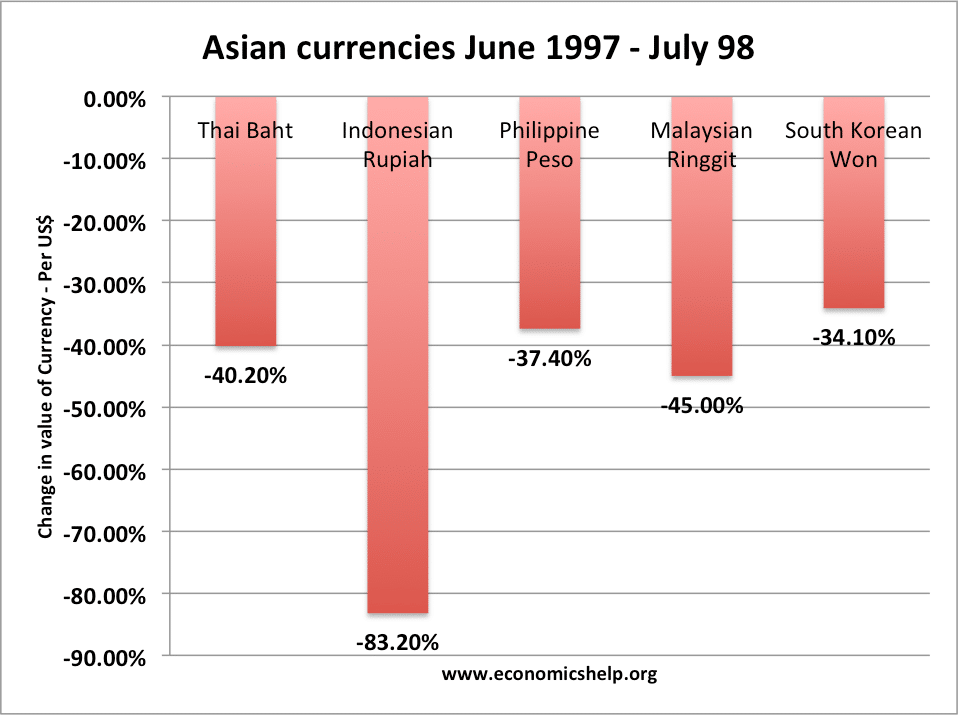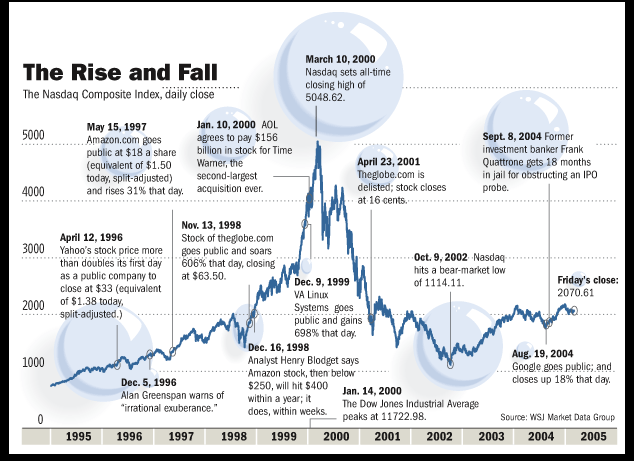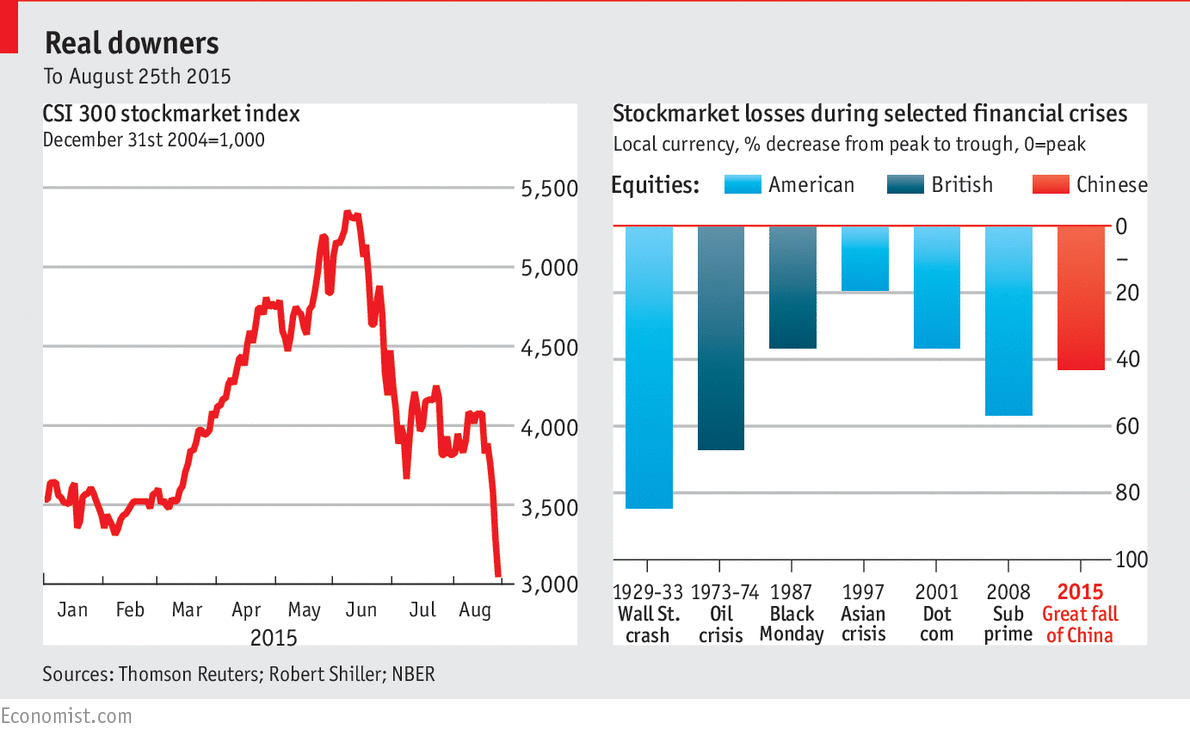Table of Contents
All of us traders wish we had a magic ball in which we could see the future moves of the financial markets. Alas, that is not the case and we have to stick to our golden rules of due diligence, diversification, hedging, rebalancing and continuous monitoring. More often than not most of the financial market moves are dictated by the greed & fear of the investors. The inherent risks of investing in the financial markets can never be brought down to zero but they can be muted significantly by staying on top of things. Having said that, financial markets have a mind of their own & there would be times when a certain event or occurrence would take place that would be beyond anybody’s control – these are called Black Swan events which are random & unexpected in nature.
What is a Black Swan Event?
The term Black Swan was coined by Nassim Nicholas Taleb, a Finance professor, writer, and former Wall Street Quant trader for 21 years, where he developed computer models for major financial institutions. The word Black Swan was popularized after the meltdown that resulting after the Financial crisis of 2008. Setting 2008 as the base case example, Taleb argued that Black Swan events are almost impossible to predict yet have far-reaching consequences, therefore, people should always assume that a Black Swan event would take place & plan accordingly. Based on this theory let’s test look back at 9 such events that took place going back to 1997.
Black Swan Event 1997: Asian Financial Crisis
This financial crisis came at the end of staggering growths of the so-called “Asian Tigers” including countries like South Korea, Thailand, Malaysia, Indonesia, Singapore and the Philippines. The popping of the asset bubbles resulted in losses of over 70% in the currencies & stock markets of these countries. The growth in the export-oriented economies of the region resulted in a great influx of Foreign Direct Investment (FDI) which in turn sent the real estate prices soaring. With the investment inflow, the Governments & Corporations began to accumulate large public debt from the banks with ambitious infrastructure projects & bold spending plans respectively. The U.S Federal Reserve tightening cycle didn’t help the case of the export currencies of some of these countries which were pegged to the Dollar.
The unsustainable property market of Thailand proved to be the tipping point as it collapsed after Somprasong Land’s default and Finance One’s bankruptcy in early 1997. The official currency Thai Bhat was eventually floated & devalued massively with the ensuing instability. Malaysian Ringgit, Indonesian Rupiah, and Singapore Dollar followed suit as the contagion spread to the neighboring Economies. IMF eventually stepped in to ward off the crisis with short-term loans of about $110 billion to Thailand, Indonesia, and South Korea on stringent conditions of higher taxes, reduced public spending, privatization of state-owned businesses and higher interest rates to cool off the overheated economies. These measures eventually lifted the region out of this mess by 1999 as Asia gained back the growth momentum.

Black Swan Event 2000: The Dot-Com Crash
The tech bubble or the Dotcom boom, bust or bubble whatever you want to call it – was a classic example of how market becomes unsustainable when the valuations are based on unrealistic metrics & pure speculation with the abundance of investment capital. Most of the market analysts at the time got taken for a ride generated by the excitement of the tech revolution fueled by the advent of the Internet. The investors thus wrongly guided by the pundits poured their money into a market bubble which eventually turned out to be a recipe for disaster. Everybody forgot the market fundamentals of studying a business plan, looking at the trends & analyzing the revenue generating plans etc. to be guided by a hysteria which engulfed the market sentiment.
The tech-heavy NASDAQ index rose from below 1000 in 1995 to its peak reached on Mar. 10, 2000 at 5048 before the mayhem ensued. Big name companies like Dell & Cisco at the time placed huge sell orders at the peak sparking a panic sell-off among investors with the market losing 10% of its value within weeks. As the investment capital got flushed out, a majority of the dotcom companies which had reached an inflated amount of market caps worth millions of dollars became worthless. The fall in Nasdaq was of such giant proportions that it took 15 long years to recover.

Black Swan Event 2001: Crash of 9/11
It is a topic of hot debate that crashes of 2000 & 2008 could have been avoided or at the very least their effects mitigated. But then there are events such as the terrorist attacks on New York City, which no one foresaw or could have predicted, the market reaction to the event was however pretty predictable considering the markets were already reeling from the dotcom crash a year ago. Since there were no fundamental factors from the market side, we can only look at the numbers for the U.S stock market when it finally opened on Sep. 17, 2001 after the longest closure since 1933.
The closure was put in place to avoid market chaos & panic selling – on the first day of trading after the attacks, the NYSE lost more than 7%. A huge sell-off was seen in the Airline & insurance stocks for obvious reasons. The catastrophic week ended with Dow posting -14% and S&P down -11.6%. A market cap of almost $1.4 trillion was wiped out from the books in one week. Looking at the bigger picture it turned out be just another downtrend in a major correction which finally ended a year later in Oct. 2002.
Black Swan Event 2008: Global Financial Meltdown
The most famous & notorious financial meltdown of the recent times & perhaps second only to the Great Depression started in Sep. 2008. The biggest catalyst was the sub-prime mortgages that were doled out to people with questionable credit, leading to an unsustainable housing market bubble which ultimately popped. The complacency that emanated from years of stable growth, low inflation & high employment rates in the U.S brought the financiers to lend recklessly. The Federal Reserve was in the picture before, during & after the mess. The easing cycle that started in May 2000 to Dec. 2001 saw interest rates dropped to 1.75% from 6.0% creating an influx of “easy money” in the economy – which the greedy bankers were ready to distribute!
It all started in Mar. 2008 – when an investment bank Bear Stearns saw a run on its shares by investors since it had accumulated a lot of the bad assets – most noticeable were mortgage-backed securities, financial instruments being backed by the subprime loans which were beginning to turn bad. Not just in the U.S but Financial institutions, Corporations and Pension & Hedge funds around the World had significant exposure to these toxic assets. Bear Stearns approached JP Morgan Chase to bail it out who agreed only on a sovereign guarantee of $30 billion by the Federal Reserve. As it turned out, it wasn’t a one-off event as it started a domino effect with all hell breaking loose in Sep. 2008. As the housing market collapsed, another global investment bank Lehman Brothers filed for bankruptcy triggering a collapse. Fannie Mae and Freddie Mac, the two financial entities that insured almost 90% of the mortgages in the U.S could no longer sustain the run on them as housing loans went bad on a massive scale. The U.S government had no resort but to buy out the two companies for $187 billion. The Fed also bailed out AIG for $85 billion – this insurance giant sold an insurance product credit default swaps which insured the troubled mortgage-backed securities.
The U.S government approved an emergency fund called TARP (Troubled Asset Relief Program) for $700 billion which was used for such bailouts & to provide liquidity to the cash-starved financial system down the road – as part of a coordinated global effort, similar initiatives were taken up governments in other countries as well. Governments around the World ramped up their regulations for the financial institutions so that they are not allowed to take on too much risk & cause an event like this in future. Dodd-Frank Reforms Act was one such example in the U.S.

Black Swan Event 2009: European Sovereign Debt Crisis
Sufficed to say that the European financial crisis came as an aftershock to the bigger financial meltdown which started in 2008. The first signs emerged with the failure of Iceland’s banking system which spread to other countries like Portugal, Italy, Ireland, Greece and Spain in 2009 – or the PIIGS as they came to be known. The basic reason was the enormous amounts of public debt that these countries had accumulated and were now having trouble paying off. Just like in the U.S, the ECB (European Central Bank) had to step in to bail them out. Only in this case the crisis lingered for many more years. Although most of these countries have dug themselves out of the hole somewhat, the conditions are still far from satisfactory as they continue to struggle from meager growth rates & high debt to GDP ratios – Greece is the most glaring example which has been bailed out twice since the crisis started. Europe’s problems don’t end there – political uncertainties like Brexit, yellow vest movement in France & Italy’s contention with the ECB over its budget is hanging dark clouds over the continent’s future economic prospects.

Black Swan Event 2001: Fukushima Nuclear Disaster
Another one of those natural disasters which caused a massive loss of life but a major financial headache specially for Japan (third largest economy) & the neighboring region. The 8.9 magnitude earthquake & the resulting 100 ft Tsunami hit the Northeast shoreline of the island nation on Mar. 11, 2011 causing the death of 28,000 people. The natural disaster devastated Japan’s economy in more ways than one. The stocks markets around the World recorded sharp losses after the incident – Nikkei -16%, Dow -2.4%, Topix -9.5% & Dax -4%. The towering waves of the Tsunami damaged the Fukushima nuclear power plant, causing radioactive leaks, which took months to stop. The catastrophe destroyed 138,000 building causing $360 in economic damage. The hit region was responsible for 6-8% of the country’s total production which took a big hit. Also, 11 of the total 50 nuclear reactors were shut down after the disaster reducing the country’s electric generation capacity by 40%. Japan had to import oil to replace generation capacity, which caused a further burden on a highly indebted economy. Closure of some of the key ports for a country heavily dependent on exports was another misfortune. The timing of the disaster was unfortunate as well, since Japan was just beginning to come out of two decades of deflationary pressures & stagnating growths.
Black Swan Event 2014: Crude Oil Crisis
A good part of the first decade of the Millennium saw robust growth not only in the developed economies but the emerging economies of Latin America and Asia as well. This caused a huge commodity demand as it happens in any expansionary cycle, specially Crude Oil. China was the main driver of this boom with its double-digit growth which created an insatiable appetite for commodities. This commodity boom also encouraged U.S & Canada to pump their own Oil – the former from the shale formations in North Dakota via Fracking & the latter from the Oilsands of Alberta. Also, with Libya (an oil-rich nation) back in Western control by 2014, pumped more to the burgeoning global supply – which went from 5 million barrels per day in 2008 to 8.5 million barrels in 2014. This was the time when global growth was beginning to slow down led by China. The glut created by the combination of over-supply & weaker demand of the commodity led to a price slump from $110/barrel to $50/barrel. The price of Crude has struggled ever since barring a minor rebound, but this time it is the long-term move towards renewable energy that is driving down the prices. This has hurt all the Oil exporting countries like the OPEC members & Canada.

Black Swan Event 2015: Black Monday China
The day was coined after the Shanghai stocks plummeted -8.5% on news of an economic slowdown in the second largest economy of the world but there were certain other factors that contributed to the fall. Similar to the American situation in 2008, Chinese companies were allowed to borrow cheaply from the banks which encouraged them to take undue risks in the stock market. As expected the rate of borrowing soon exceeded the rate at which these invested companies could grow causing a major drawdown. On top of that, weak economic data worried the government to the point where it decided to weaken the yuan’s parity against the Dollar. China has been traditionally using the peg to manage the fiscal policy since it’s economy is so heavily export-oriented. However, the plan backfired as China’s stock index lost 30% of its value in 3 weeks sparking a sell-off in other financial markets.

Black Swan Event 2016: BREXIT
And finally, we have the never-ending saga of Brexit – a joint economic partnership which has turned into a messy divorce with a resolution not in sight. It has been a rocky relationship since the signing of the Maastricht Treaty in 1992, which turned the countries of Europe into a single monetary union – this involved huge transfers of power to the new European Union. Britain opted out from the single currency and the social chapter. Britain finally subscribed to the social chapter in 1997 but decided to maintain their own currency – a decision that some say was right one considering the Euro’s woes for the past few years. EU tried to solve their economic problems via a new treaty which the UK ended up vetoing after demanding exemptions in 2011. The exit of UK from EU has been as messy and turbulent as the relationship itself. As a knee jerk reaction to the Brexit vote in 2016, the global markets fell sharply with the Pound & Euro both declining significantly as well. Gold, which acts as a traditional hedge against risk rose 6%. The transition plan negotiated between the British PM & EU was recently voted down in the UK Parliament by a huge margin taking things back to square one. With the deadline of Mar. 29, 2019 fast approaching, continued uncertainty and political maneuvering is certainly going to hurt the economic interests of the negotiating parties in the long-term.

The Black Swan events are becoming more frequent rather than being a rarity. It has become one of the major risk factors not just for the investors in the financial markets but for the general population as well since it has far-reaching consequences – case in point 2008 housing meltdown pretty much-affected anyone & everyone, as it sent shock waves through the integrated global financial system. While you may not be able to mitigate or even predict a Black Swan event, you can nonetheless put a contingency plan if the situation does arise. Looking at the instances in the past 10 years alone, it is more likely than not that it will happen again!
Email?| Twitter? | LinkedIn?| StockTwits? | Telegram?



Great article with a precise content indeed. Thank you for sharing.
Financial market is a market in which people trade financial securities commodities and their tangible item of value at low transaction cost and at price that reflect supply and demand. Some of the major functions of financial market are as follows:
1.Borrowing and lending
2.Risk Sharing
For more Check out this:
Functions of Financial Markets
Really it is very useful for us. The information that you have shared is really useful for everyone.
I am also business study blogger . i have also some articles about Business Environment please visit once and give me some feedback. Thank You.
businessmantalk dot com
Will you be adding Covid19 as a black swan event?
Most definitely I will be… Read more about it on my recent piece at
https://medium.com/technicity/this-black-swan-event-is-going-to-have-global-economic-consequences-50904a81cee3
https://www.newyorker.com/news/daily-comment/the-pandemic-isnt-a-black-swan-but-a-portent-of-a-more-fragile-global-system
Very useful topic. I’m a Ph.D candidate in risk management subject . I hope to cooperate with you for better sharing concerning the financial disaster events.
Glad you liked it. You can read my other pieces at https://medium.com/technicity
Amazing Post Very Knowledgeable Article Check this Out Top 15 Online MBA Program in Dubai, UAE – 2021
I learn a lot from this article Awesome I like this Post
Wow Nice article. I loved it.
Interesting info! Fast track your career with this top 15 Online MBA Program in Dubai , UAE – 2021
It was Very Knowledgeable Information for me on Finance Thanks for Sharing it!
request edit on wrong information.
Fukushima,Japan nuclear disaster happened no March 11,2011
not 2001
One of the great learning from the article
does the death of the Queen can cause a Black Swan event?
does the death of the Queen can cause a black swan event?
this blog is very much helpful